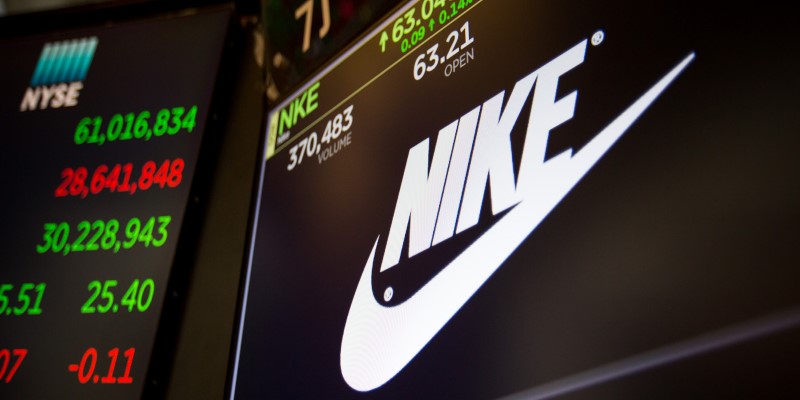Whether someone operates a one-person business or performs freelance paintings, they can nevertheless qualify for retirement savings and the associated tax benefits. Self-hired individuals need to strongly consider enrolling in single or independent 401(k) plans or solo 401(k) plans, which are the 401k fund types. This retirement financial savings option has numerous tremendous benefits compared to self-employed retirement plans.
Who Can Set Up a Solo 401(k)?
One must start funding 401(k)s and Roth IRAs and must generate profits via enterprise for sole proprietorship 401k eligibility. This approach is highly suitable if you manage your business independently or with your spouse. It is extended to small business owners without employees, including freelancers, independent contractors, and sole proprietors (excluding spouses). An imperative criterion is substantiating the revenue-generating capacity of your enterprise via tax returns.
How To Set Up a 401k Retirement Plan

Starting Your Solo 401(k)
One must determine whether to establish a traditional 401(k) or a solo 401(k), which are the 401k fund types, each of which offers unique tax advantages, before initiating a solo 401(k). The pre-tax status of contributions grants an immediate tax deduction for conventional donations. Because contributions are made after taxes, Roth accounts permit tax-free withdrawals during retirement. It is crucial to consistently consider how one's decisions will impact their tax situation during retirement. Contributions must be credited to the appropriate tax year by the 31st of December at the latest.
Investigate critically. Perform extensive research on various alternatives to ascertain which direct financial service provider, online broker, or traditional broker best fulfills your needs. Obtain an employer identification number (EIN), which constitutes the preliminary stage. Should you forget yours, acquiring one issued by the IRS is a simple procedure. The selected financial institution will guide the requisite paperwork and subsequent processes.
Traditional 401(k) Plan Insights
Pre-tax contributions to a conventional 401(k) reduce one's taxable fund 401k cash income during the contribution years. This gives rise to immediate tax savings. The principal investment and any profits received when funds are withdrawn in retirement are subject to taxation. Determining one's future tax bracket becomes an imperative task at this juncture. A reduced tax bracket upon retirement increases the likelihood of achieving overall tax savings. Subsequently, neglecting to do so may lead to significant tax liabilities.
Roth 401(k) Plan Insights
The Roth 401(k), however, continues to function. Because contributions are received after tax, an immediate tax deduction is not possible. The benefit is not instantaneous, however. Withdrawals safeguard principal and earnings from initial investments during retirement that are not subject to withholding tax. This may produce significant cost savings, particularly if your account grows substantially. However, this reduces your purchasing power during your working years due to the contribution of dollars contributed after taxes.
Initiating Your Solo 401(k)
Establishing a trust to hold your funds until retirement or withdrawal is imperative after determining whether to utilize a traditional or Roth 401(k). A reputable institution, such as an online brokerage, investment firm, or insurance provider, should be entrusted with managing your plan. They will manage all administrative and paperwork responsibilities.
Advantages of a Solo 401(k)

A solo 401(k) is distinguished from other retirement accounts for several reasons, one of which is its unique characteristics. Keogh plans, SEP IRAs, and SIMPLE IRAs do not offer traditional and Roth IRA alternatives. Nonetheless, they do. While these alternatives are also accessible in conventional IRAs, their contribution limits are significantly diminished. Employers and employees can contribute to the Solo 401(k). Balance these two tasks to maximize your plan impact. Other retirement plans limit contributions to one type of employee.
Employee Contribution Limits
The IRS makes Annual inflation modifications to 401(k) contribution limits. As of 2023, the most employee contribution is $22,500. Donors of the significant age 50 and more can usually make an extra catch-up contribution of almost 7,500 dollars. In 2024, the base contribution will continue to be at $7,500, while the catch-up contribution will continue to be at $23,000.
Employer Contribution Limits
As the organization, an individual can contribute 25% of their reimbursement to the Solo 401(k) association. The absolute maximum amount of contribution for 2023 and 2024 is $66,000 and $69,000, respectively. This quantity is hooked up by adding the contributions made by workers and employers. However, 25% of your adjusted gross fund 401k cash income cannot be contributed. Over-the-age individuals are eligible to receive an annual catch-up contribution of $7,500.
Added Versatility
Frequently recommended for small business proprietors, SEP IRAs offer less flexibility than solo 401(k)s. Significantly, it furnishes a financial safeguard in the shape of loans derived from the plan preceding retirement. However, depleting retirement savings funds is generally considered a foolish action. Further differentiation exists between SEP IRAs, restricted to traditional accounts, and Solo 401(k)s, which provide the option to choose between Roth and traditional accounts.
Alternatives Of Sole 401(k) Retirement Savings Plan
If the solo 401(k) fails to fulfill your needs as an independent contractor or freelancer, you have further alternatives for retirement savings. Simplified Employee Pension (SEP) IRAs represent one alternative in this regard. It is frequently selected by small businesses, including those with personnel. The SEP IRA is highly appealing due to its adaptability and simplicity. It permits investments of a considerably greater magnitude while operating similarly to a traditional IRA. By 2024, the maximum contribution will increase to $69,000 from $66,000 in 2023. Contributions cannot exceed twenty-five percent of net adjusted income, all else equal. Regardless of the potential impediment to one's savings, the sum remains substantial.
However, eligibility for a SEP IRA is not universal. Over-50s who wish to advance their retirement savings may find the availability of a catch-up contribution option to be a constraining element. Additionally, if you start funding 401(k)s and Roth IRAs, you should favor the tax-free withdrawals that Roth accounts permit. The SEP IRA may not fulfill your requirements because it lacks a Roth extension. Opening a SEP IRA at most financial institutions and brokerage houses makes it accessible to a considerable populace.
Utilizing the Keogh Plan is discretionary for limited liability companies, partnerships, and sole proprietorships. It is largely favored by professional organizations, including attorneys and physicians, because of profit sharing. Despite arduous administrative requirements, the contribution limits of the Keogh Plan are similar in magnitude to those of the SEP IRA and the Simple 401(k). One similarity to the SEP IRA is the absence of the Roth option. Finally, contemplate the SIMPLE IRA if your organization has 100 or fewer employees. It is available to sole proprietors and imposes a moderate contribution cap, unlike the Solo 401(k) and SEP IRA. Contributions are increased from $15,500 plus 3% of salary in 2023 to a maximum of $16,000 by 2024. Still not offering a Roth option is the SIMPLE IRA.




